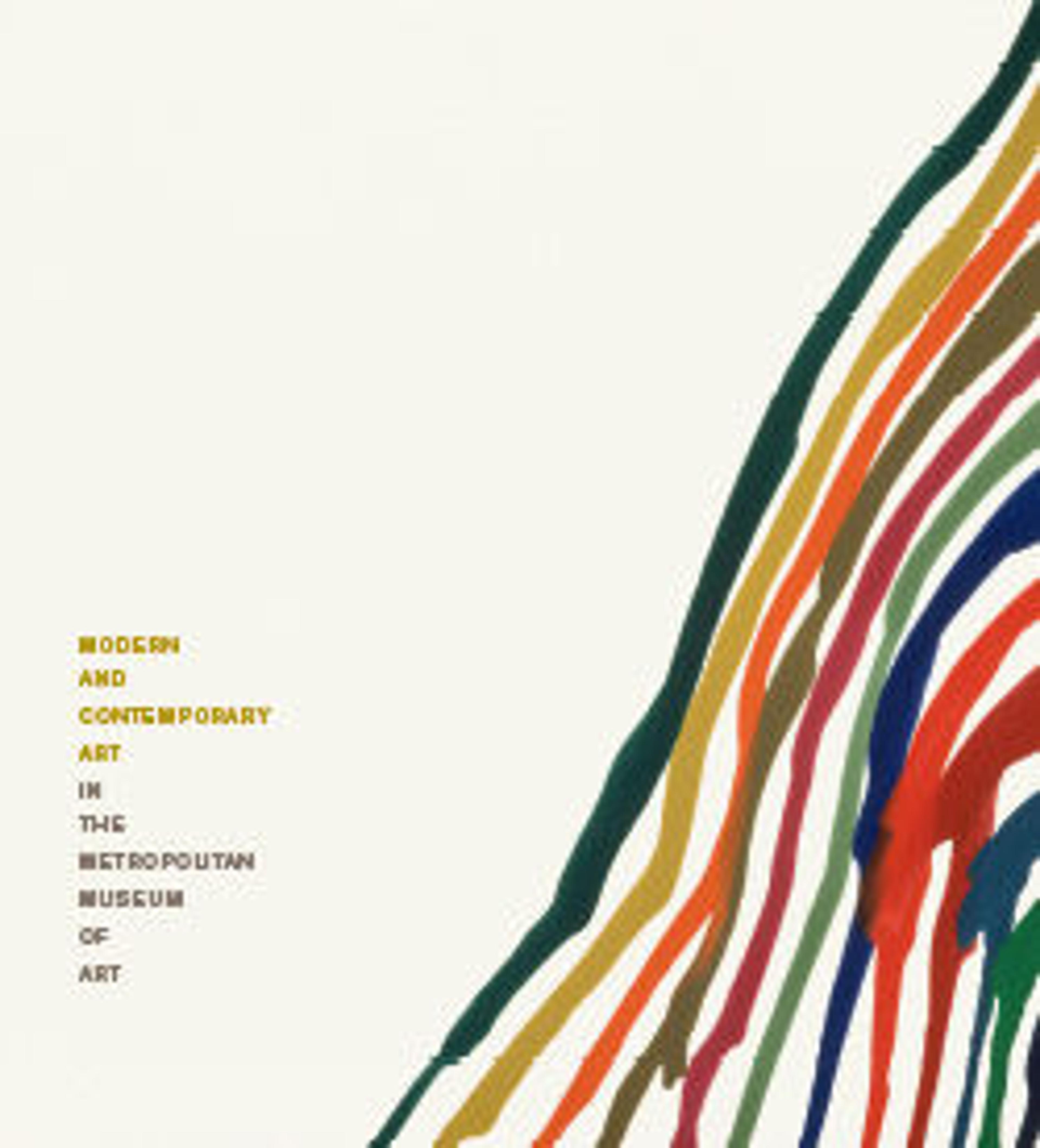War
Born in Wyoming and raised in Arizona and California, Jackson Pollock attended art school and worked in New York where he dominated the art scene in the 1940s and 1950s, becoming widely recognized as the leading Abstract Expressionist in America. Best known for the drip paintings that have come to exemplify the innovations and freedom of Abstract Expressionism, Pollock was also a gifted and prolific draughtsman. In fact, drawing played a seminal role throughout his career. He often used his sketches to work through artistic ideas and experiments, from the realistic studies of the 1930s to the personal symbolism of the 1940s and ultimately to the individually characteristic linear expressionism of the 1950s.
Pollock's famous War is the only drawing he ever titled, and, although inscribed "1947," it relates to the iconographically complex images he produced earlier, around 1943–44. In this composition, the monstrous destruction of war is conveyed both by the fierceness of the graphic execution and by the imagery, much of which is camouflaged by the many linear motions, darkened and thickened and highlighted with flashes of red and yellow pencil to heighten the dramatic intensity. The drawing's narrative is one of horrific proportions. A human figure and a bull are flung onto a raging pyre of human debris. To the right, the crucifixion of a hooded figure is suggested. Some of the imagery may be traced to Picasso's pair of etchings The Dream and Lie of Franco, and to the Spanish artist's epic painting on war, Guernica, both from 1937. Yet even as Pollock's work engages with the history of art and offers a statement on the universal horrors of war, it also has a personal dimension, drawing on from the psychological language of Surrealism that fueled his early works.
Pollock's famous War is the only drawing he ever titled, and, although inscribed "1947," it relates to the iconographically complex images he produced earlier, around 1943–44. In this composition, the monstrous destruction of war is conveyed both by the fierceness of the graphic execution and by the imagery, much of which is camouflaged by the many linear motions, darkened and thickened and highlighted with flashes of red and yellow pencil to heighten the dramatic intensity. The drawing's narrative is one of horrific proportions. A human figure and a bull are flung onto a raging pyre of human debris. To the right, the crucifixion of a hooded figure is suggested. Some of the imagery may be traced to Picasso's pair of etchings The Dream and Lie of Franco, and to the Spanish artist's epic painting on war, Guernica, both from 1937. Yet even as Pollock's work engages with the history of art and offers a statement on the universal horrors of war, it also has a personal dimension, drawing on from the psychological language of Surrealism that fueled his early works.
Artwork Details
- Title:War
- Artist:Jackson Pollock (American, Cody, Wyoming 1912–1956 East Hampton, New York)
- Date:1947
- Medium:Ink and colored pencils on paper
- Dimensions:20 5/8 in. × 26 in. (52.4 × 66 cm)
- Classification:Drawings
- Credit Line:Gift of Lee Krasner Pollock, in memory of Jackson Pollock, 1982
- Object Number:1982.147.25
- Rights and Reproduction:© 2010 The Pollock-Krasner Foundation / Artists Rights Society (ARS), New York
- Curatorial Department: Modern and Contemporary Art
More Artwork
Research Resources
The Met provides unparalleled resources for research and welcomes an international community of students and scholars. The Met's Open Access API is where creators and researchers can connect to the The Met collection. Open Access data and public domain images are available for unrestricted commercial and noncommercial use without permission or fee.
To request images under copyright and other restrictions, please use this Image Request form.
Feedback
We continue to research and examine historical and cultural context for objects in The Met collection. If you have comments or questions about this object record, please contact us using the form below. The Museum looks forward to receiving your comments.
